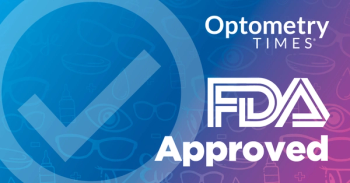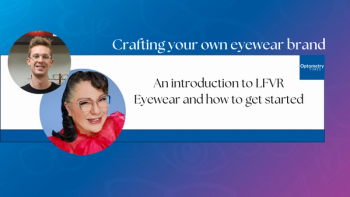In the second part of her discussion on the State of Dry Eye Survey from Bausch + Lomb, Selina McGee, OD, FAAO, Dipl ABO, emphasized another alarming statistic: 40% of dry eye sufferers wait 6 months or longer before visiting an eye doctor, even when experiencing symptoms.
Results from the State of Dry Eye Survey were released on July 1, 2025. If you missed the first part of McGee's exclusive interview with Optometry Times, you can watch it here.
For McGee, this finding underscores an urgent call to action. “We all know with a chronic disease, the longer you wait, the longer the patient suffers,” she explained. Delayed treatment not only extends patient discomfort but can also lead to more advanced disease stages that are harder to manage effectively.
The power of early intervention and listening
Key takeaways for optometrists
- 40% of dry eye sufferers wait six months or more before seeing an eye doctor.
- Delaying care worsens symptoms and impacts quality of life.
- Providers should proactively diagnose and closely monitor patients to adjust treatment as needed.
McGee shared a recent patient story that vividly illustrated this point. A young woman, frustrated by her ongoing symptoms, self-referred to McGee after seeing 3 other doctors who neither diagnosed nor treated her dry eye. After just 2 months of targeted care, the patient expressed profound gratitude, explaining how treatment had improved her day-to-day life—from using a computer comfortably to regaining confidence in wearing makeup.
“This patient reminded me just how deeply dry eye can affect quality of life,” McGee shared. “Patients often don't realize—or aren't told—how significant this disease is, and they’re waiting far too long for relief.”
Meeting patients where they are
According to McGee, these survey insights should inspire eye care professionals to become more proactive in diagnosis and treatment. Whether using over-the-counter products, prescription therapies, or a combination, the goal is to address the underlying disease early and effectively.
She stressed that initial therapy decisions should not be the end point. Instead, providers must follow patients closely, evaluating outcomes and adjusting treatment plans as needed. “If we need to add something, we can say ‘yes, and’ instead of delaying therapy another 6 or 12 months,” McGee explained.
A proactive, continuous approach
McGee urges clinicians to consider these new data as permission to act boldly on behalf of their patients. By being proactive, they can help prevent extended suffering and support significant improvements in quality of life.
Ultimately, the survey findings tie together an important message: patients want help sooner, they need clear communication, and they benefit greatly from consistent follow-up. With the wide range of treatment options available today, eye care professionals are well-equipped to meet patients where they are and guide them toward meaningful, lasting relief.



















































.png)


